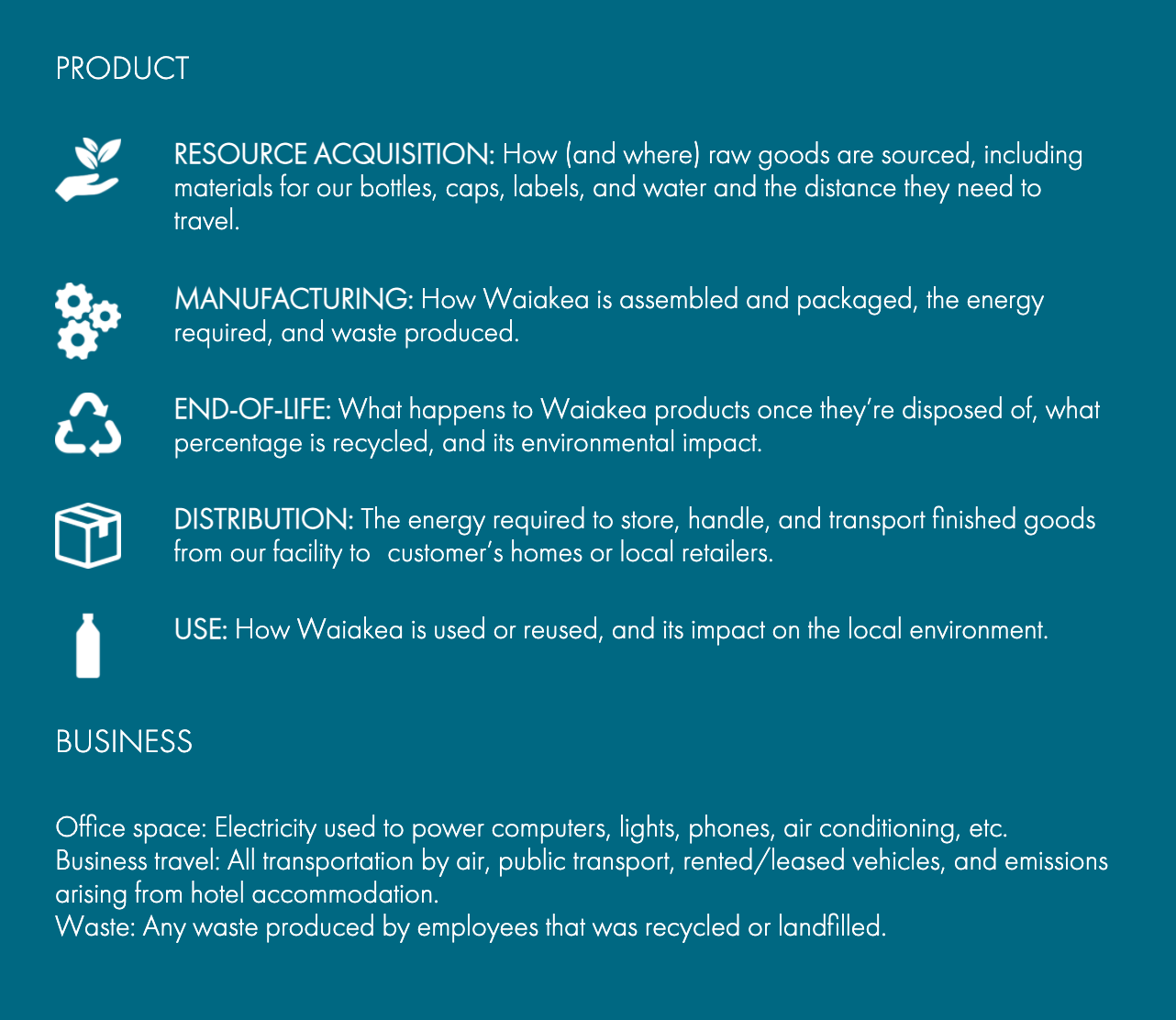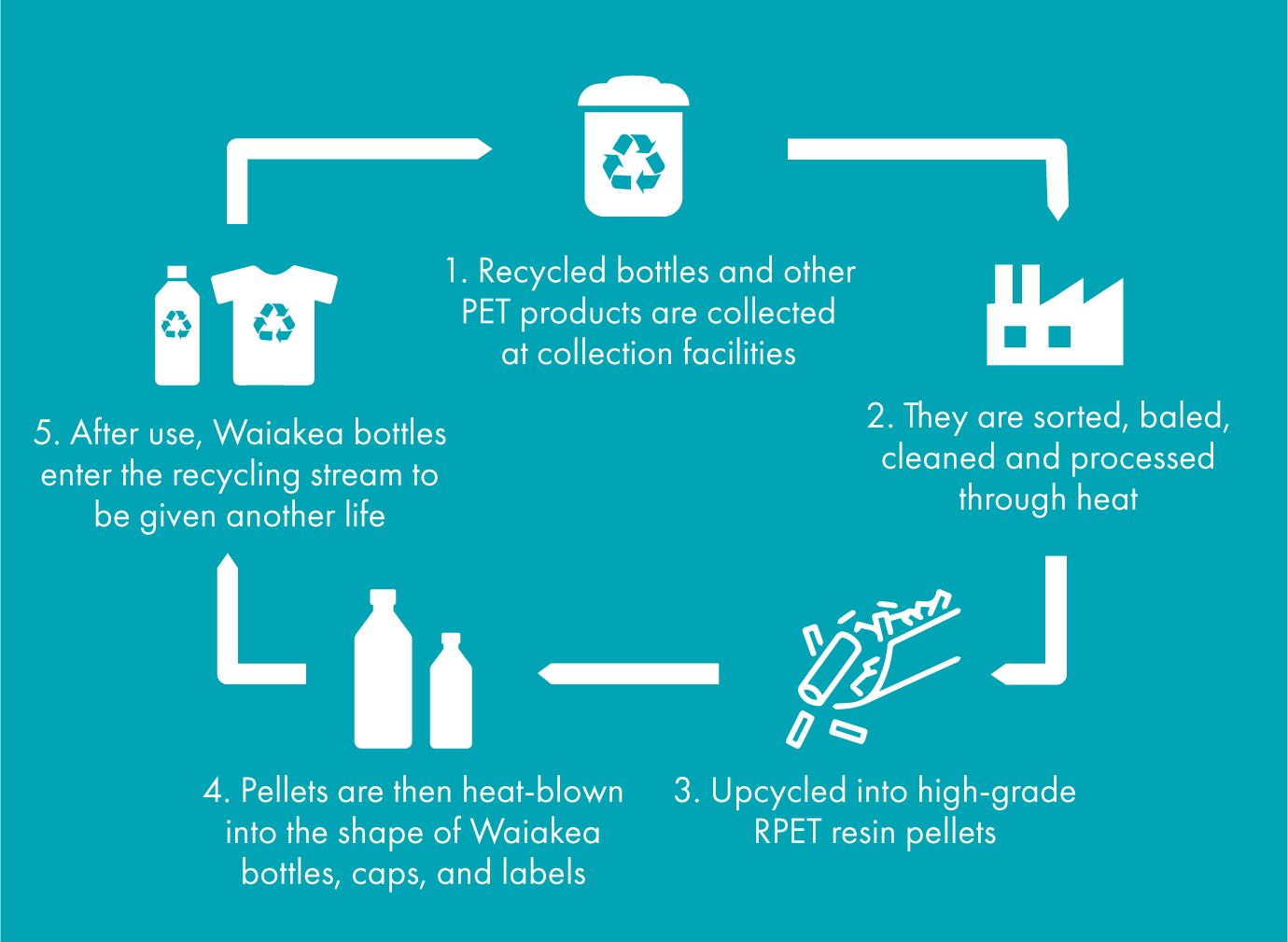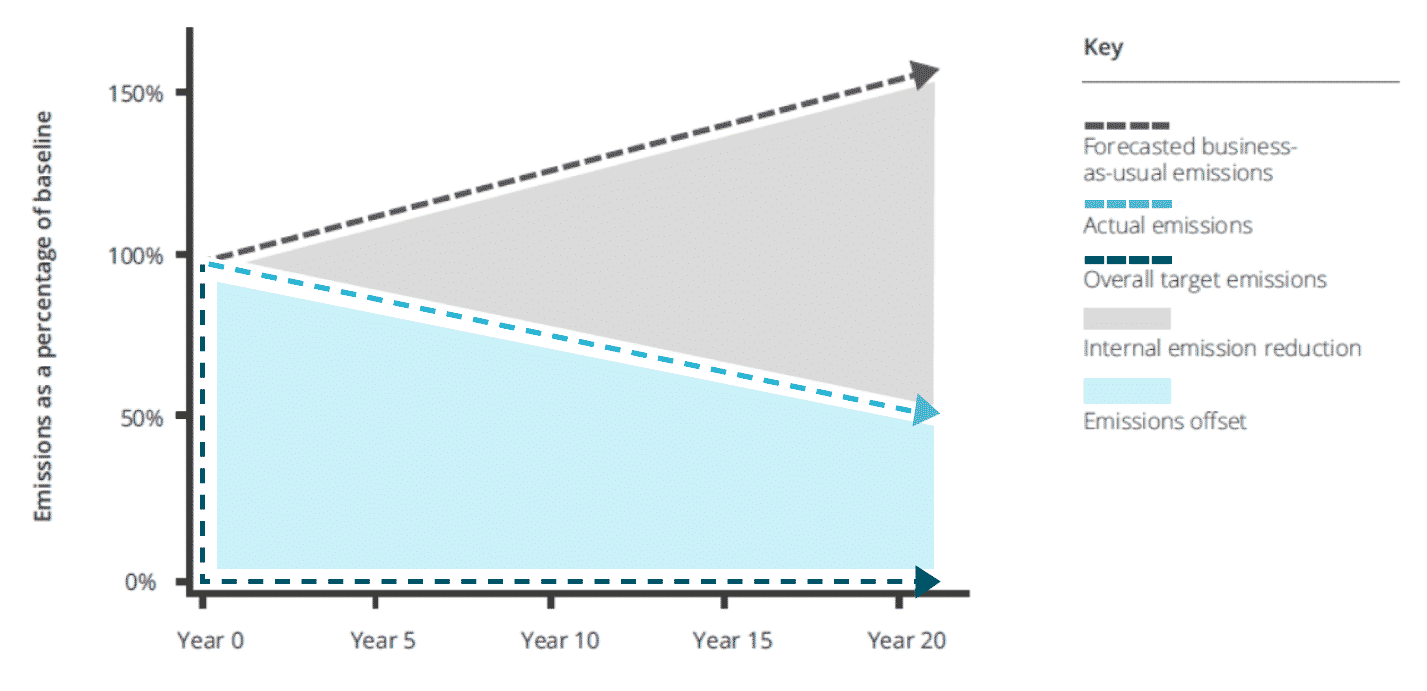FORESTRY
Yurok Tribe Forestry
Location: California
CO2 Emissions Offset: 217 (tCO2e)
The Yurok Tribe Improved Forest Management Project was launched by the largest American Indian tribe in California. Almost 29,730 acres of forestland are preserved in their home of Humboldt County, California. This project strengthens efforts to protect and safeguard the Tribe’s cultural and natural heritage of living in unison with nature.
No commercial harvesting is planned in the project area. Management of the property is designed to improve cultural and ecological value. In an effort to repatriate historical lands and to protect fisheries and natural resources within tribal lands and the state of California, the Yurok Tribe partnered with Western Rivers Conservancy to acquire several tracts of land from Green Diamond Resource Company. The Tribe uses proceeds from the sale of carbon credits to maintain their land and to purchase additional tracts of ancestral land surrounding their reservation in Northern CA.
In addition, the project supports restoration of wildlife and watershed health, and creates jobs within the Tribe’s departments of Forestry, Watershed, Fisheries and Culture.
RESOURCE RECOVERY
Seneca Meadows Landfill Gas
Location: New York
CO2 Emissions Offset: 193 (tCO2e)
This award winning project not only captures methane from landfill gas (LFG) emitted by the 178 acre expansion to the Seneca Meadows landfill site, but has also created almost 420 acres of new wetlands, established an environmental education centre, and generates electricity from the LFG to power 18,000 homes. The project demonstrates that it is possible to make significant reductions in the greenhouse gas impact of landfill projects, while showcasing how carbon finance can be used to extend environmental stewardship.
In addition to delivering emissions reductions, the project delivers a number of other benefits including:
Life on Land: The Wetlands Reserve side project includes enhancing nearly 160 acres of existing wooded wetlands, and creating almost 420 acres of new wetlands. The Wetland Reserve is home to 220 validated species of birds, including a number of endangered and New York State threatened birds. Additionally, the project site consists of storm water management activities, such as the creation of storm water retention ponds and surface runoff channels to prevent erosion.
Affordable and Clean Energy: The primary activity of the project is in creating an expansion of a landfill gas and collection system that collects LFG and destroys it in engines to produce electricity, increasing the share of sustainable energy resources. Combustion of LFG controlled by the project destroys the methane in the LFG, resulting in a reduction of net CO2e emissions.





